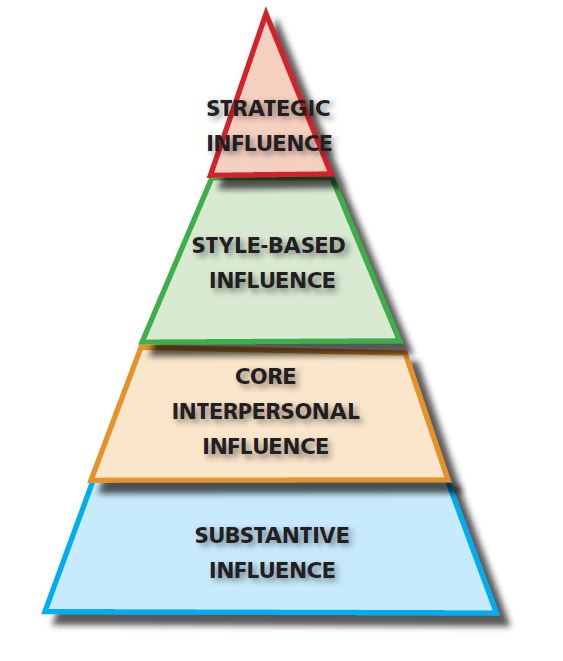The most effective leaders have strategic influence skills. They know how to deftly navigate through the unwritten rules and the real way decisions are made. And they do so effectively across multiple stakeholders, agendas, and perspectives.
Why Are Strategic Influence Skills Required?
Strategic influence skills matter because, whether you see it or not, a corporate version of survival of the fittest exists — especially in complex, high stakes, and rapidly changing contexts.
When we hear phrases like “politics as usual” or “they are really political,” we think of such undesirable behaviors as manipulation, backroom deals, self-serving hidden agendas, bad mouthing, back-channeling, or compromising values to get things done. These are all examples of destructive politics or gamesmanship.
Such “bad behaviors” can eat the heart out of an organization. We have seen too many good people be marginalized when processes and policies become “overly political.”
What Happens if You Do Not Possess Strategic Influence Skills?
Naivete and the lack of organizational savvy can threaten anyone’s influence, organizational impact, career growth, credibility, performance, and engagement.
For most people the words integrity and politics don’t mix. The good news is that there is a way to successfully navigate politics at work by learning to recognize political warning signs at work and by using strategic influence skills with integrity.
The 4 Dimensions of Influence at Work
We believe that four dimensions of “influence skills” can be applied effectively in the corporate world. Each dimension of influence requires a different approach and should be part of effective political skills training.
- Substantive Influence
For this dimension, the idea itself must, on its own, be compelling, relevant, well-documented, accurate, and clearly conveyed to your target audience. Some call this level of influence a “Unique Value Proposition,” “Hook-Point-Value,” or “Idea-Action-Value.”
This area focuses on the content of your idea in the eyes of your target audience.
- Core Interpersonal Influence
This dimension of influence is the most commonly discussed in terms of skill building. It centers on the important fundamentals of effective communication—listening, interacting, presenting, and speaking skills related to interpersonal influence.
- Style-Based Influence
The next level of influence entails style-based influence. Most often, this involves communications-oriented style models that address how people perceive, decide, learn, or think.
The idea is to achieve harmonious and productive interactions by appealing to the style-based preferences of your target audience.
Done right, this approach should reduce style-based tensions that might otherwise interfere with an idea’s acceptance, often regardless of its substantive validity or interpersonal effectiveness in communicating the idea.
- Strategic Influence
From our perspective, very little structured training focuses on the strategic dimension of influence. Yet, regardless of how effective you are at the previous three levels, you can substantially increase your overall influence by mastering the 4Ps of strategic influence:
Politics
Navigating within the political arena is essential for knowing the unwritten rules, the real way decisions are reached, and handling sabotage/deception.
Power
Knowing who officially holds formal or informal power, knowing how to speak truth to power, respecting ego and turf, lobbying ideas to stakeholders, and challenging ideas are vital in today’s complex, turbulent, and volatile organizations.
Perception
Understanding the role of perceptions in how decisions are made is critical for optimal influence. Savvy and agile leaders know corporate perceptions and reputations –– fair or unfair, accurate or not–– and how to consciously craft a plan to alter negative perceptions. A cornerstone of effective ethical politics is “impression management.”
Promotion
Making value visible in an acceptable manner matters. Astute leaders never over-promote their contributions or take undue credit for ideas and outcomes. But they also avoid becoming the “best-kept secret” in their companies.
The Bottom Line
Organizational politics are informal, unofficial, and sometimes behind-the-scenes efforts to sell ideas, increase power, or achieve other targeted objectives. Savvy leaders understand unethical behavior, detect it, protect themselves and their teams from it, and are able to ethically and competently sell ideas and influence others for the good of the organization.
To learn more about strategic influence to ethically and competently get results with others, download How to Build the Competency of Organizational Savvy
